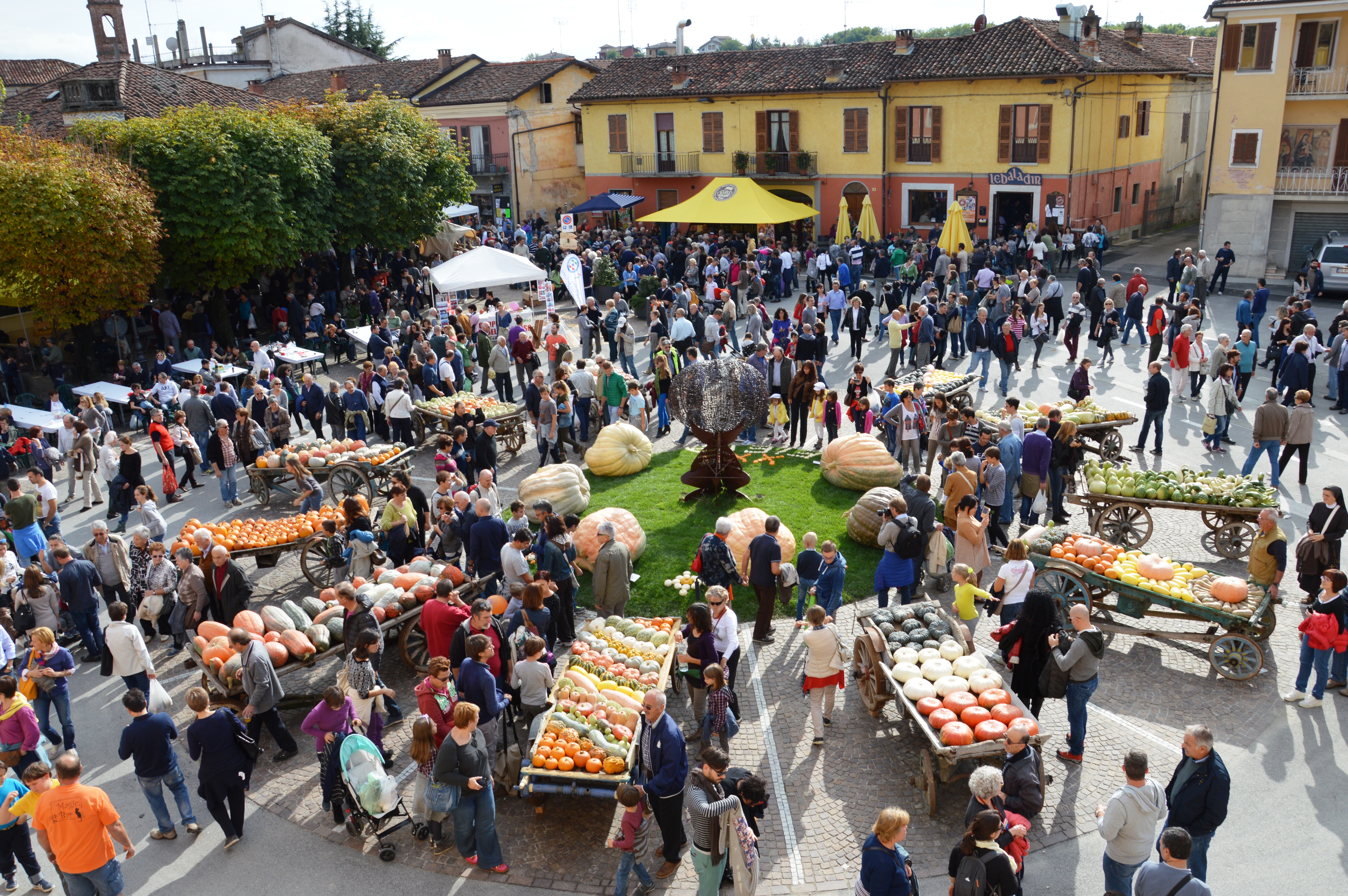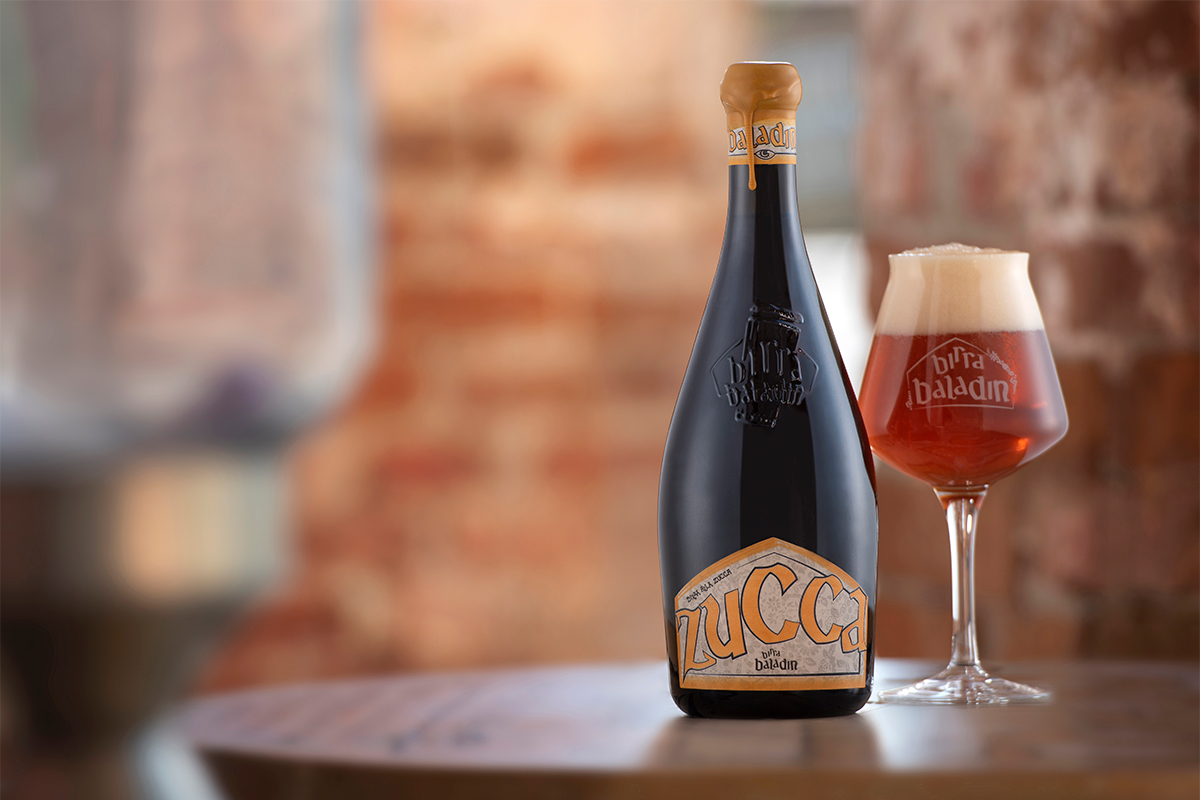Zucca Baladin: our Pumpkin Ale dedicated to Piozzo Festival

Pumpkin Ales are an old beer style developed in America when the European settlers came to the continent. They later disappeared, and were then brought back in the 1980’s by the breweries involved in the American craft beer revolution.
They are now widely available in the States, but many other breweries in the rest of the world are also experimenting with them. Italy boasts many examples, thanks also to the many pumpkin and squash varieties grown all over the country. One of the most interesting examples is certainly the Pumpkin Ale by the Baladin brewery: its Zucca (7% abv) reinterprets the classic American model, while keeping a strong connection with the land it comes from. Baladin’s beer could not be a Pumpkin Ale like any other. Its creation is connected to a very specific context and is not the result of marketing considerations related to Halloween – a celebration that has indeed contributed to the revival of this style.
Baladin Zucca: the genesis
The origins of Zucca go back to the mid 1990's, when Teo Musso was the president of the local committee for the promotion of Piozzo, the village near Cuneo where the Baladin brewery has always operated. The nickname jokingly given to the people of Piozzo by nearby villages is “lapacuse” - or pumpkin lappers - because of the tradition of carrying bottle-shaped pumpkins filled with wine with them.
Teo decided to use the joke to the advantage of the local community, promoting the cultivation of various pumpkin varieties in addition to the local ones with the ultimate goal of creating a pumpkin festival. The initially provocative idea turned out to be a brilliant intuition: the Fiera della Zucca di Piozzo (the Piozzo pumpkin festival) is an impressive event and the locally grown varieties are now more than 430, a unique case in the world.
The initiative has also promoted the development of a typical hybrid from Piozzo, characterized by its small size, a deep green skin and very intense aromas. And this is exactly the variety that Baladin has chosen for its Pumpkin Ale. The brewery wanted to follow the style of traditional American Pumpkin Ales and, at the same time, pay homage to the Piozzo festival and to two local peculiarities: the use of cinnamon in the local cuisine, and the availability of hundreds of different gourds. The idea was to create a beer that could convey the same feelings as a pumpkin and cinnamon pie.
The making of the Baladin Pumpkin Ale
In Baladin Zucca, the vegetable is chopped into chunks and baked in the oven before it is added to the brewing process. This happens at two different stages, to extract different aromas. Part of the pumpkin is added during the mashing, another part during the boiling stage. At the end of the boiling process, the spices are also added. Finally, the beer referments in the bottle. The current recipe also includes another variety of gourd, in addition to the Piozzo pumpkin: butternut squash (Cucurbita moschata). The total quantity is about 200 kg per brewing session - a rather significant amount.
Characteristics and pairings
Baladin Zucca has a deep orange color and a thick and persistent head. The scents present an intriguing combination of cereals, the fruity nuances of the pumpkin, spicy hints and an interesting citrusy note of tangerine, which enriches the aromatic bouquet.
In the mouth, the pumpkin takes center stage, thanks to the intense flavors of the chosen varieties and to the caramelization of the sugars contained in the pumpkin, which happens during the mashing stage. The vegetable also enhances the sweetness of the beer, which is readily balanced by the freshness of the citrusy notes and the dry finish, which immediately makes you want to take another sip.
Given its characteristics, the Pumpkin Ale by Baladin can be paired with delicate dishes, but it gives its best with pumpkin recipes: think of pasta or ravioli filled with pumpkin, or desserts (including dry cookies) made with the same ingredient. It’s also worth trying it with amaretti biscuits, for a taste combination that is very much appreciated in Italian cooking.




